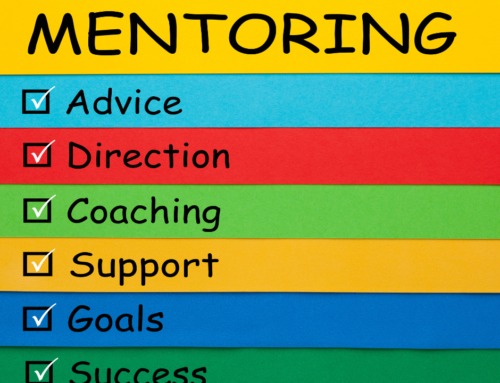The Importance and Benefits of a Regular Follow-Up
Why is proactive follow-up so crucial for an organization? Chances are they will have teams whose performance is efficient, whose understanding of expectations is clear, and who reap the benefits of healthy workplace culture. Far from micromanaging or evidence of managerial mistrust, the regular follow up with employees is progressive, and should be regarded as an essential aspect of internal communications strategies.
An effective follow-up strategy ensures an organization’s expectations are clear and well understood. Whether after an important departmental meeting, the implementation of new workplace policies, or following disciplinary action, a thorough follow-up minimizes the chances for misinterpretation. It sends the message that management is serious about implementing its policies and procedures. When you maximize your communication efforts with staff, you minimize the chances for guesswork down the road. Unclear or poorly communicated procedures are often a result of little to no following up.
Follow Up Adds Certainty
The idea with following up should be to keep the conversation going for just a little longer. Let’s say you’ve held a meeting where you introduced important new procedural methods. When you asked if anyone had questions, the room went silent. Two days later, you send a follow-up email that highlights the main points of the meeting and the important takeaways. The questions start to arrive in your inbox. And they are important questions. But why didn’t they ask in the meeting?
Nonetheless, your follow-up has resulted in an opportunity to address these uncertainties. Answering the questions will ensure everyone is on the same page moving forward. You have kept the conversation going just a little longer. Everyone has benefited.
When there is a problem, a follow-up email or phone call can help ensure that a) there is clarity on what the problem is, and b) the approach to resolving it is outlined, or at the least recommended by management. The recommendations can help ensure that staff are seeking solutions within your established framework and not veering off too far beyond expectations. Following up is an efficient way to layout defined parameters and objectives ahead of time to minimize the surprise element.
Remove the Guesswork and Build Momentum
By removing the guesswork from any process, you are adding certainty. Certainty at the onset reduces the chances of needing to address the consequences of guesswork in the future. Guesswork can be costly and time-consuming. Following up helps to reduce the amount guesswork by emphasizing and reiterating critical key points.
An essential objective of the follow-up should be to enhance performance and understanding. You are not nagging. Instead, you are asking, Are we all on the same page? If not, then how do we get there?
A Follow-Up Shows Consideration
Managers show they care when they make it a habit of following up regularly. It builds trust for staff to feel that what they say and do matters. When the staff’s questions receive answers, it sends the message that management wants to see them succeed in the organization. When you are thorough and considerate of how you share new information, you are showing that you care about the people that report to you.
Work cultures thrive when expectations are clear, and everybody’s role is reasonably understood. Follow-ups are efficient tools in supporting both an organization and its staff. By outlining clear summaries and next-steps for all involved, you are equipping your team with information.
With information comes knowledge. And with knowledge comes power. An empowered workforce will bring just about any organization the achievements it deserves.
A Recipe for Success
Following up with staff and ensuring everyone is on the same page and working towards the same goal is a recipe for success. A well-informed staff is one of the first steps toward building a healthy and efficient workforce. Sure, there might be some employees who have not been familiar with such thoroughness. But these attitudes can soon be reversed once such employees begin to appreciate the value of a meticulous approach to sharing information with the people who will benefit from it the most.
A follow-up is about emphasizing the importance of tasks and allowing an organization to have a handle on expectations and long-term goals. It’s about cohesiveness and driving the same messages home to everyone involved by making sure nobody is misunderstanding expectations.
My Dad Knew the Secret
The adage in carpentry is that you measure twice and cut once. Think of following up as bringing out the tape measure a second time or third time, just to be sure.
Ironically, one of my father’s favorite sayings to me was, “if all fails, son…..read the bloody instructions!”
Or at least measure a few times before I touch anything.






